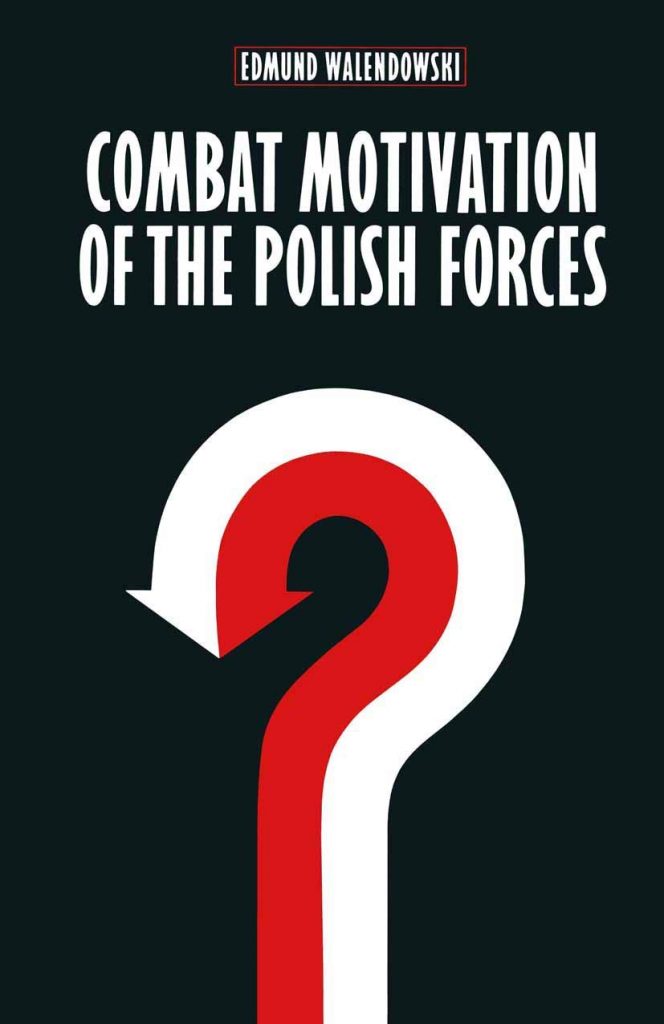
Edmund Walendowski’s study is an assessment of the state of combat motivation in the 800k strong regular and reserve elements of the Polish armed forces in the 1980s. At this time, Poland was a Soviet satellite state and part of the Warsaw Pact.

Walendowski believed that combat motivation was poor in Polish navy, air force and army and no branch could be confidently deployed against an internal disturbance in Poland or against the West in the event of a general war against NATO.
His study is based on his PhD.[1] He starts out by suggesting that there are three elements that shape the outcome of conflicts; military technology, doctrine and strategy and combat motivation.[2] His study examines the last element which he argues has a triad of components; small unit cohesion, ideological conviction and discipline.[3]
His methodology to determine the state of combat motivation in the Polish armed forces was to send a questionnaire to former Polish service personnel who were resident in the USA and who served in the Polish air force, navy or army between 1956 and 1982.[4] Based on the 108 responses from the 1,115 forms sent he concluded the following.[5]
Firstly, that small group cohesion was weak in the armed forces due to a lack of camaraderie between common soldiers, poor rapport between overburdened NCOs and officers and their men and the social divide that separated senior leaders from regimental officers.[6]
Secondly, few men were committed to the official Marxist-Leninist ideology of the military and state but many soldiers were dedicated to the protection of their country as the defenders of the motherland.[7]
Finally, coercive discipline remained the vital component for motivating Polish service personnel. The reasons for this were that Polish conscripts were alienated from the regime, mechanisms of surveillance and control pervaded all levels of the military and Polish officers traditionally favoured an austere adherence to regulations.[8]
He concluded that the Polish armed forces may fight in the event of an international conflict or civil strife but would only do so under duress.[9]
The study does have a number of challenges that Walendowski has noted. He conceded that elements of the sample population may be biased as all respondents were probably defectors and probably anti-communist in view. Added to this, many members who served in the late 1950s could have had problems in remembering details of their service. It may be argued whether the views of such people were really that relevant to an assessment of the Polish military in the early 1980s given technological and doctrinal changes that had occurred. Finally, Walendowski notes, his survey took place before the Solidarity movement started and that may have subsequently changed views within the Polish armed forces.[10]
Though this study is very dated with the collapse of communism and rather simplistic in only assessing three elements of combat motivation, it is a novel assessment of the Polish military motivation at the tail end of the Cold War.
[1] Edmund Walendowski, Combat Motivation in Polish Forces (London: Macmillan, 1988)., p.xi.
[2] Ibid., p.1.
[3] Ibid., p.3.
[4] Ibid., p.5.
[5] Ibid., pp.5-6.
[6] Ibid., pp.49-51.
[7] Ibid., pp.70-71.
[8] Ibid., pp.88-89.
[9] Ibid., p.118.
[10] Ibid., p.10.

